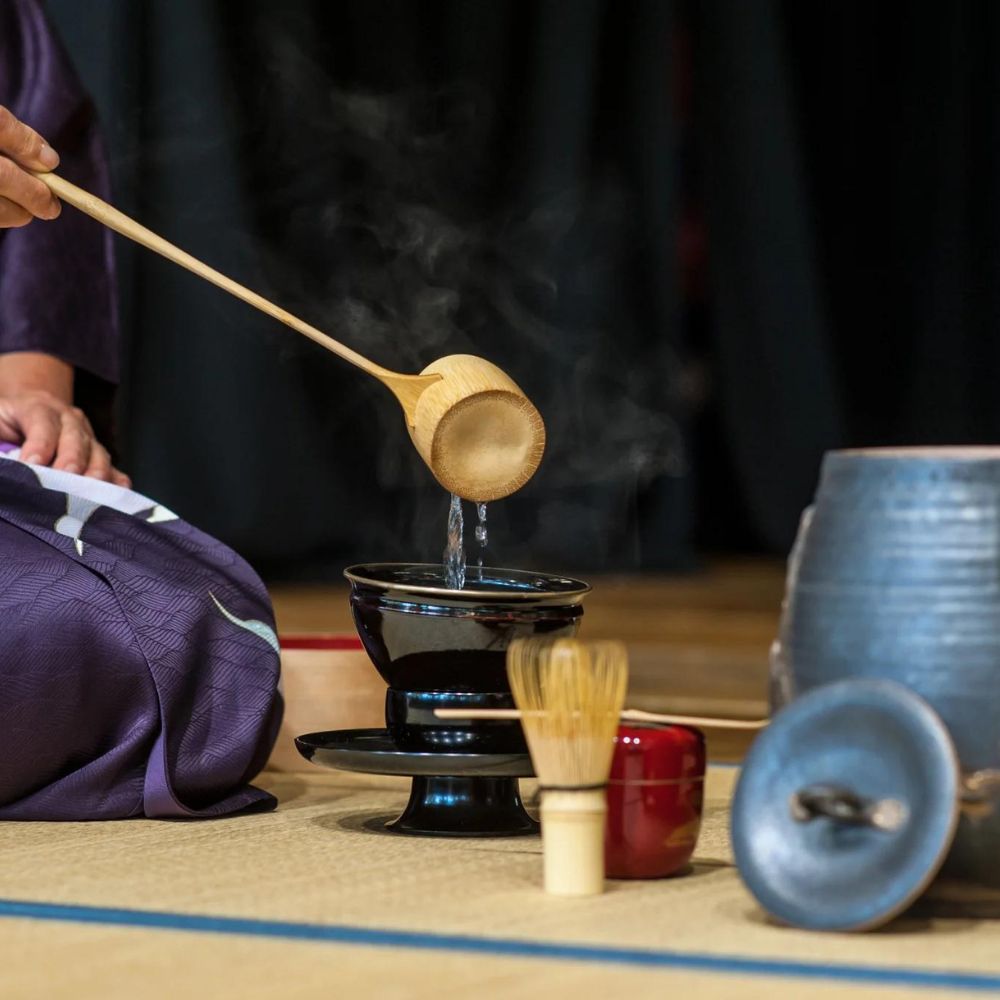
The Art of Japanese Tea Ceremony: Tranquility, Respect, Purity, and Harmon
Welcome to our latest entry in the "Culture Corner," where we delve into the serene world of the Japanese Tea Ceremony, known as "Chadō" or "Sado" (茶道). This centuries-old tradition is much more than just drinking tea; it's a spiritual and philosophical journey that encapsulates the very essence of Japanese culture. In this post, we'll explore the history, significance, and steps involved in the tea ceremony, as well as how our products can enhance your own tea experience.
The Origins and Philosophy of Chadō
The Japanese Tea Ceremony is deeply rooted in Zen Buddhism and was perfected over centuries, evolving into a highly ritualized practice. Its development is often credited to Sen no Rikyū, a 16th-century tea master who emphasized the principles of "Wa, Kei, Sei, Jaku" (和敬清寂) — harmony, respect, purity, and tranquility. These principles guide every movement, item, and aspect of the ceremony, aiming to create a moment of harmony between host and guest, nature and people.
The Elements of the Tea Ceremony
The Tea Ceremony involves various elements, each rich in symbolism and carefully chosen to reflect the season, occasion, and setting:
- Chawan (茶碗): The tea bowl, each chosen for its aesthetic and seasonal appropriateness.
- Chasen (茶筅): The bamboo whisk used to mix the powdered green tea, or matcha, with water.
- Chashaku (茶杓): The tea scoop, typically made from bamboo, used to transfer matcha to the tea bowl.
- Furo or Ro: The hearth or brazier used to heat the water, changing with the seasons.
- Kama: The kettle used in the tea ceremony.
- Natsume: The tea caddy, usually used during the more informal tea gatherings.
The Ritual Steps
The Tea Ceremony is meticulously structured, from the preparation to the serving and drinking of the tea. It begins long before the guests arrive, with the host choosing the utensils and considering every detail to ensure a harmonious experience. Guests then cleanse themselves at a stone basin, symbolizing the purification of the mind and body before entering the tea room.
Inside, every movement and item is symbolic, from the arrangement of flowers to the placement of the tea utensils. The making of the tea itself is a meditative process, with the host whisking the matcha and hot water together in a chawan to create a frothy, bright green elixir.
Guests receive the tea bowl with a bow, admire the bowl's craftsmanship, sip the tea, and then wipe the rim before returning it to the host, honoring the shared moment and the effort of the host.
Experiencing Chadō with Our Products
Incorporating the Tea Ceremony into your life doesn't require mastery of every tradition or a complete tea room. With our authentic Japanese tea ceremony products, you can begin to explore this beautiful ritual in your own home. Our handcrafted chawan, chasen, and chashaku are not only functional but also embody the spirit of "Wabi-sabi" (侘寂), the appreciation of beauty in imperfection and transience.
We also offer a selection of matcha, from ceremonial grade to daily drinking types, each with its own character and depth. By using these traditional tools and following the basic principles of the tea ceremony, you can create a moment of peace and reflection in your daily routine.
Conclusion
The Japanese Tea Ceremony is a journey into the heart of Japanese culture, offering a moment of peace in our hectic lives. It teaches us to focus on the present, appreciate the simple beauty of our surroundings, and foster a deeper connection with others. Through our range of tea ceremony products, we hope to bring a piece of this timeless tradition into your home, allowing you to savor the profound serenity and joy it brings.
Thank you for joining us in this exploration of Chadō. May your tea journey be filled with tranquility, respect, purity, and harmony.




